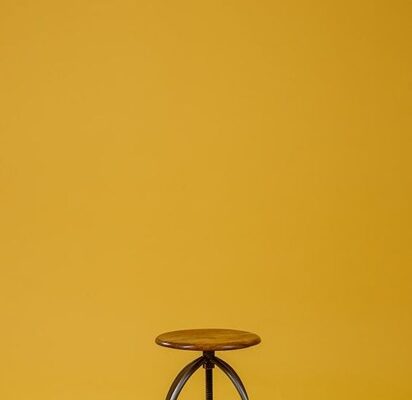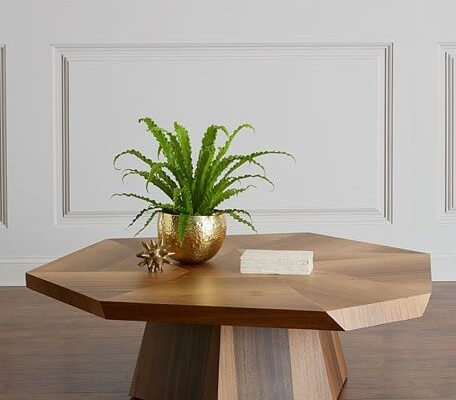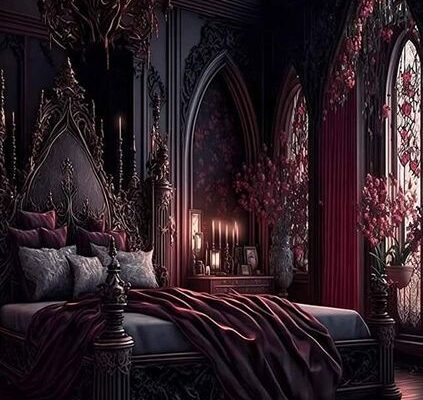Art of Wall Decor: Find Perfect Balance
The art of wall decor is about finding the perfect balance to enhance your living space. By understanding the principles of the art of wall decor, you can create a visually appealing and harmonious atmosphere in your home.
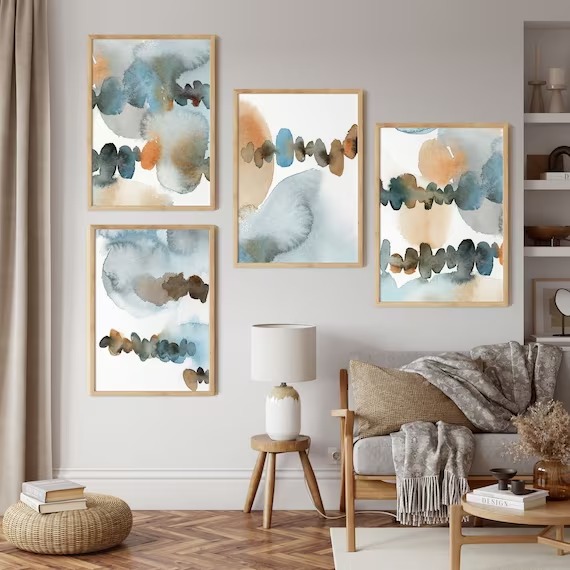
Should You Decorate Every Wall in Each Room?
When it comes to hanging pictures and art, it is not necessary to fill every wall space with them. In fact, leaving empty wall space can enhance your decor and serve as a crucial design element. Here are some wall decorating tips to help you decide when to decorate every wall and when to embrace empty walls, allowing you to design your interior walls like a professional.
Determining How Walls Should Be Decorated
In most cases, it is unnecessary to place a picture or artwork on every wall in your home. The key to deciding what should go on the wall lies in considering other elements of your decor. Here are some guiding principles:
- Purposeful Placement: A picture or artwork should add depth and warmth to your overall design. Hanging wall decor should always serve a specific purpose.
- Design Integration: The chosen picture or artwork should seamlessly blend in with your home and decor, becoming a natural part of the overall aesthetic.
- Dynamic Transformations: Lifeless walls can be made dynamic and visually interesting with the right art, pictures, and arrangements.
- Reinforcement of Design: Pictures can reinforce the formal or casual design of a room. When you hang decor with intention, full and empty walls harmonize perfectly.
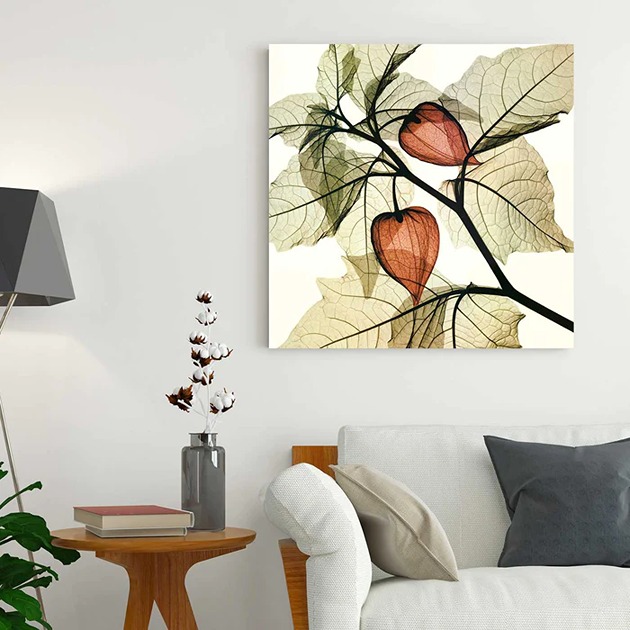
Furnishings and Pictures: Complementary Elements
The pictures you add to your walls should harmonize with your furniture pieces, creating a cohesive and balanced look. Furniture often creates natural breaks in wall space, presenting opportunities for adding art. Here are examples of how furnishings can interact with wall space:
1. Tall Floor Lamps
Placing tall floor lamps in front of a wall can become part of the overall wall design, framing the empty space beside them and eliminating the need for additional pictures or art in that area.
2. Sideboards or Console Tables
These furniture pieces, adorned with table lamps, plants, or other objects, can break up wall space and create empty areas that are ideal for displaying pictures or art.
3. Bookcases
Bookcases can define wall space suitable for hanging pictures, such as above or beside the bookcase.
4. Reading Corners
A reading corner with a side table, lamp, and chair provides an excellent opportunity to add pictures on the wall behind the chair and/or table, adding depth and warmth to the vignette.
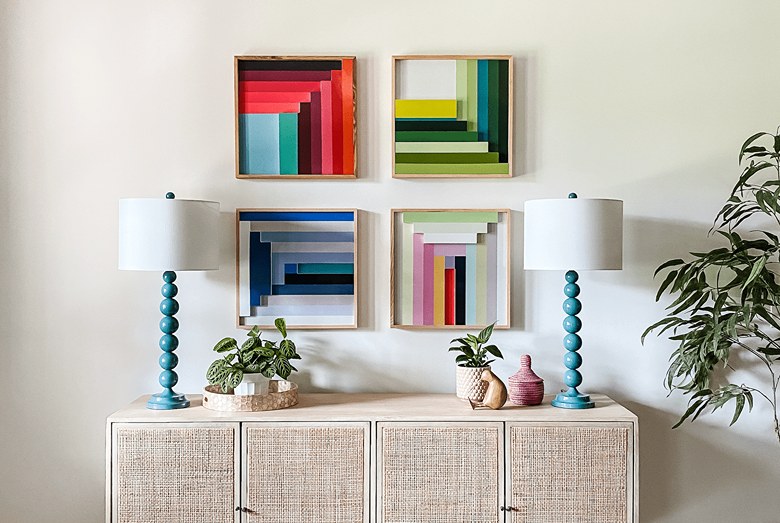
Adjacent Walls: Considering Furniture and Architectural Features
When determining whether to add pictures or art to adjacent walls, it is important to take into account the furniture and architectural features present. Sometimes, it is best to forgo hanging pictures on adjacent walls to maintain a clean and uncluttered look. Here are some considerations:
Full Wall Shelf
A wall shelf filled with decorative objects can be the sole design element on an adjacent wall, serving as a focal point without the need for additional pictures or art.
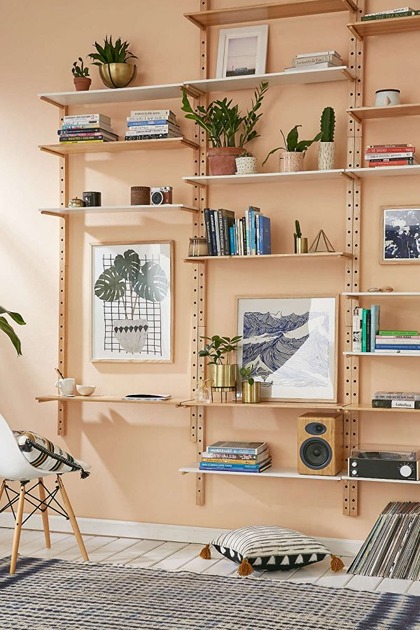
Emphasizing Wall Color
Leaving wall space empty on either side of a door can highlight the wall color, giving the room a crisp and uncluttered appearance.
Window and Door Walls: Creative Picture Opportunities
Window and door walls offer interesting possibilities for incorporating pictures into your design. Here are some suggestions for utilizing these spaces:
Between Windows
The wall space between two windows, set at least two or more feet apart, can be utilized for displaying pictures, art, mirror and TV.
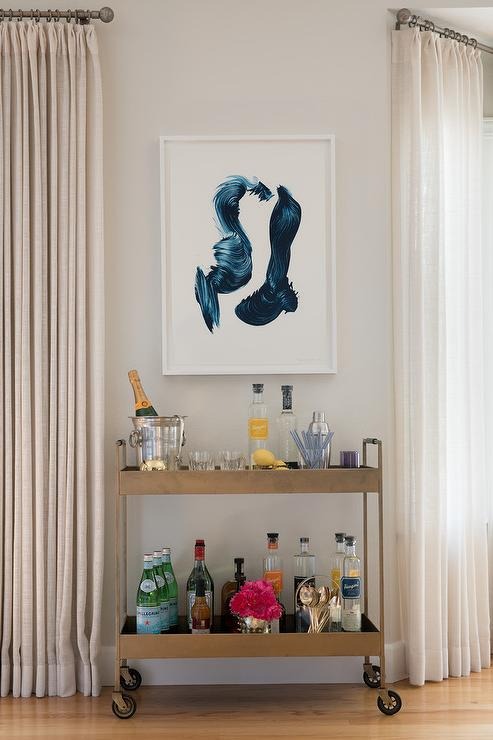
Empty Corner Walls
Walls framed by a window and an adjacent wall create good areas for hanging one or two pictures, adding visual interest to the corner.
Above Door Walls
In rooms with vaulted ceilings, the wall space above a door can be an excellent location for an oversized vertical picture or other art.
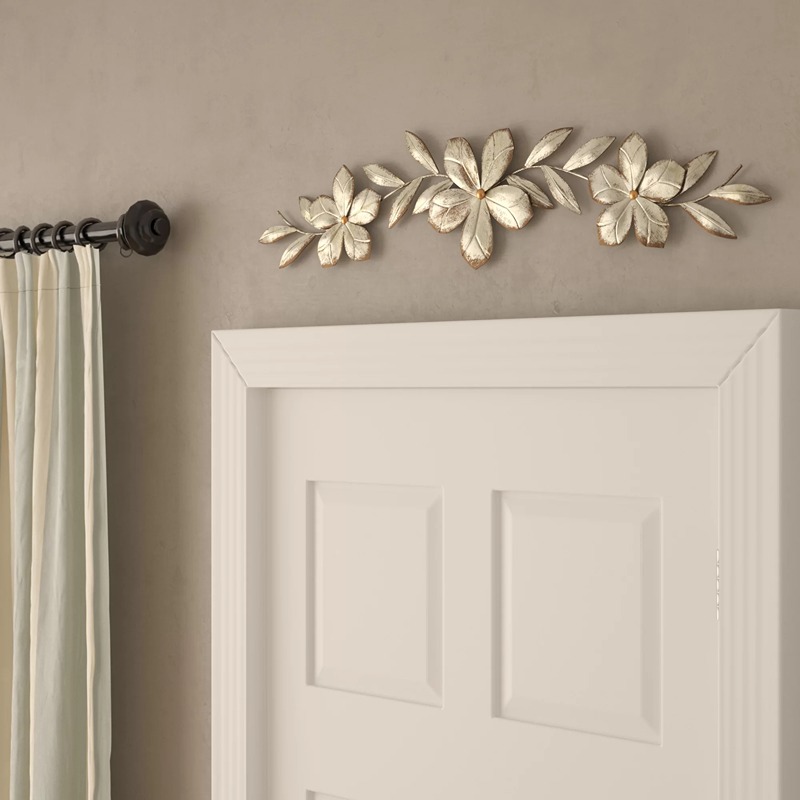
Centered Window Walls
A wall with a centered window can feature one or more pictures on each side, creating a balanced and visually appealing arrangement.
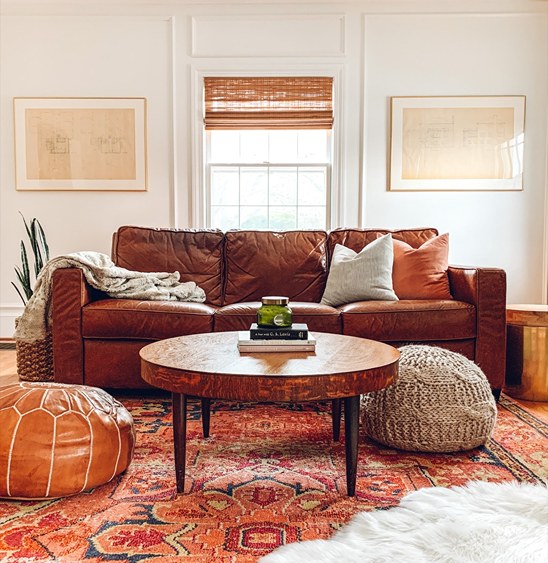
Room-by-Room Guide to Decorating Walls
Here are specific tips for each room in your home to help you determine the best approach to decorating your walls:
1. Foyers and Back Entrances
In entrance areas, it is often best to decorate only one wall, such as the space above an accent chair or the wall opposite a console table. Backdoor entrances or mud rooms can be brightened with pictures on the wall by the door or adjacent walls.
2. Staircases
Staircases provide opportunities to get creative with wall decor. You can hang pictures along the staircase incline or utilize the landing for oversized art pieces or gallery walls.
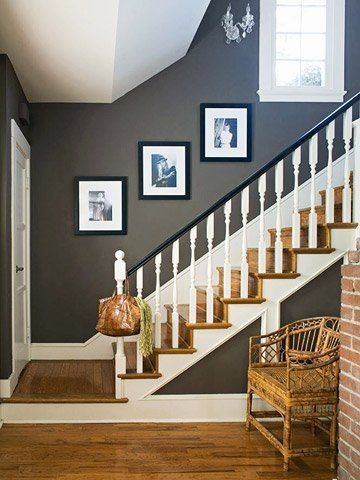
3. Living Rooms
Assess the wall space in your living room after placing the main furniture pieces. Consider framing your TV with a few pictures, adding pictures above or to the sides of the TV, or using the space above your fireplace for a focal point.
4. Hallway
Hallways offer an opportunity to display art collections or family photos. Create a gallery wall with pictures of varying sizes and shapes or use a chair rail to define the wall space for your pictures.
5. Kitchen and Breakfast Nook
In kitchens, choose appropriate picture sizes for exposed wall space, such as utilizing the wall space between doors or above the cabinets. A bay window can provide additional wall space for pictures.
6. Dining Room
When placing pictures in the dining room, take into account the furniture on each wall. Consider oversized pictures for accent walls or a collection of frames above a sideboard.
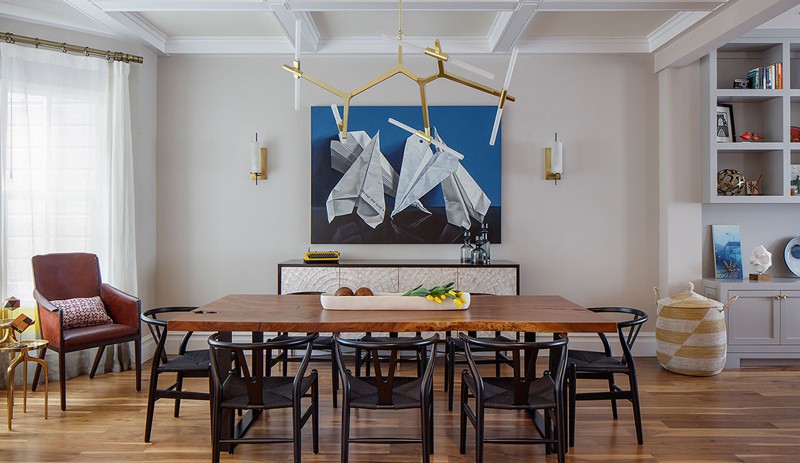
7. Bedrooms
Focus on placing pictures above the headboard and over the nightstands in a curate and balanced manner. A primary bedroom corner area can be enhanced with pictures, a floor lamp, and a cozy chair.
8. Bathrooms
Consider utilizing the wall space above the toilet for a vertical picture or practical shelving. Hanging pictures on the wall opposite a bath mirror or between a window and a corner shower can also enhance the space.
9. Accent Walls
If you already have an accent wall, carefully consider whether additional decor would enhance or detract from the existing aesthetic. Consider a large picture or a streamlined gallery wall to break up the accent wall.
